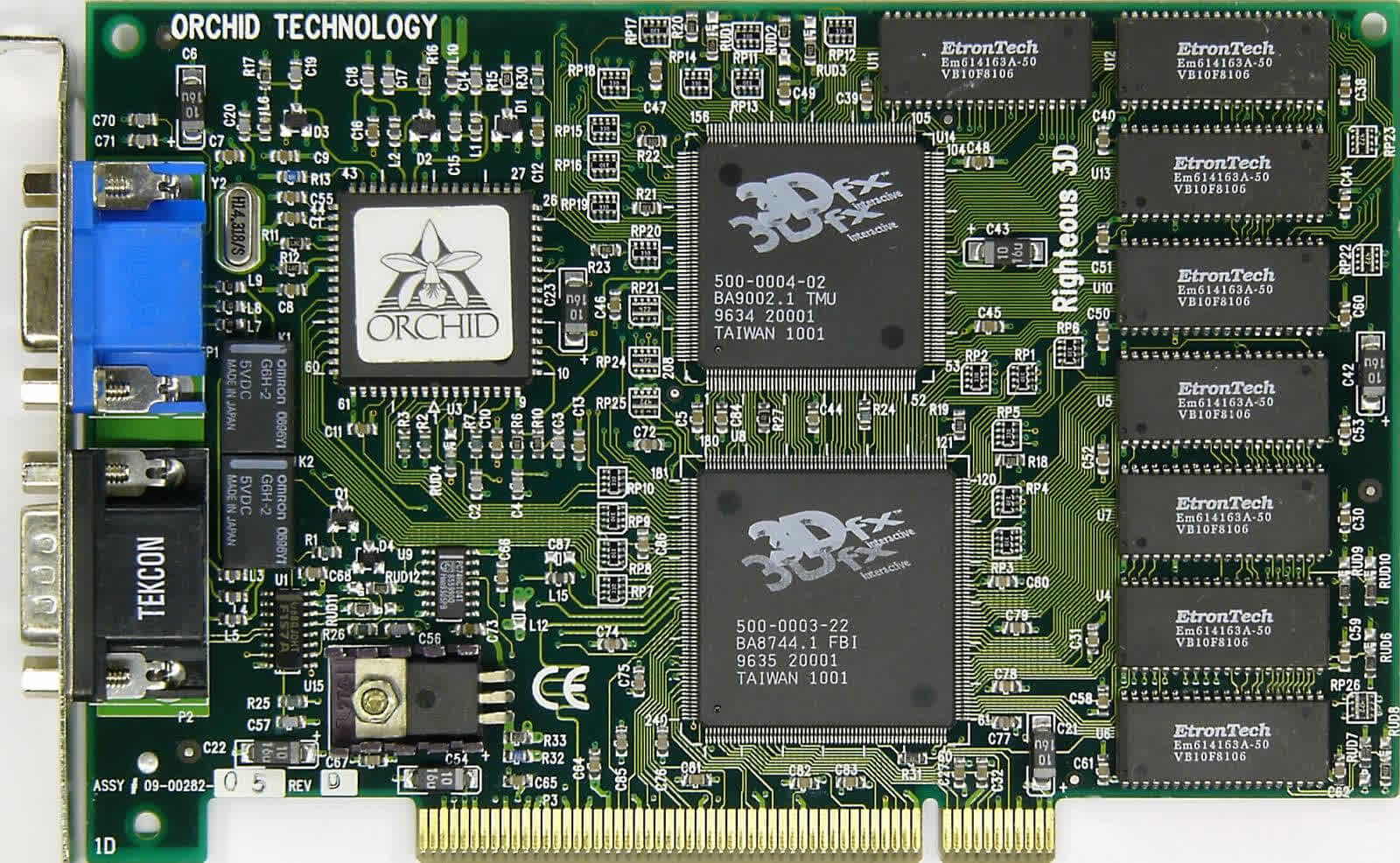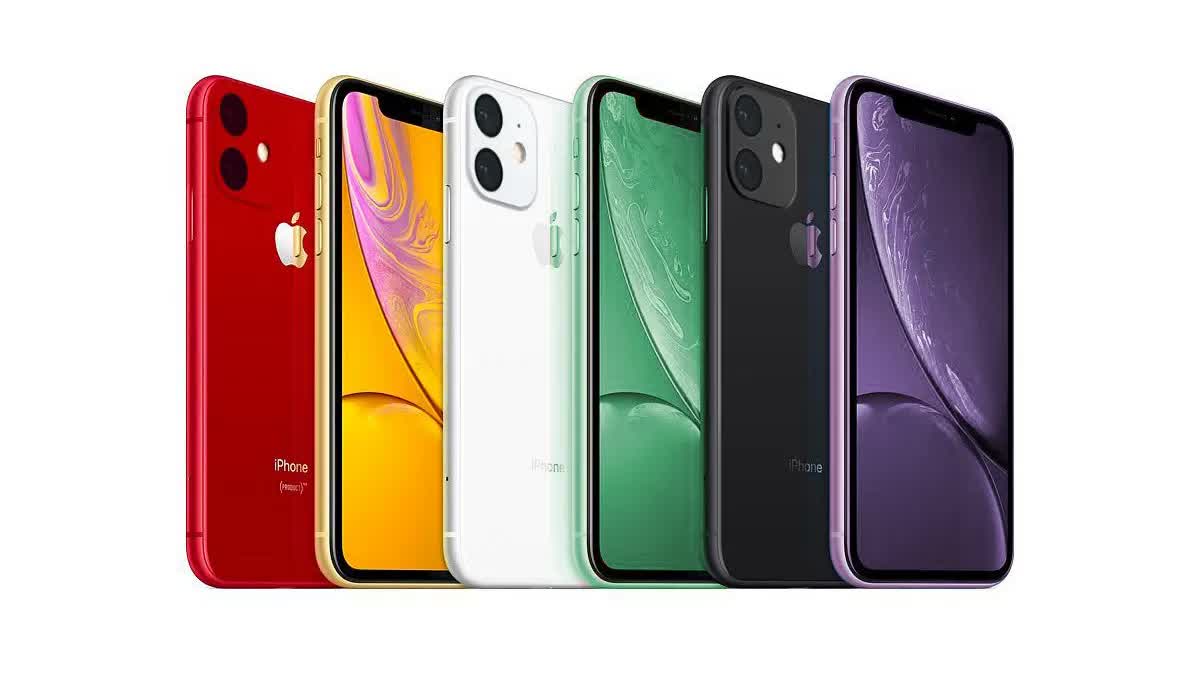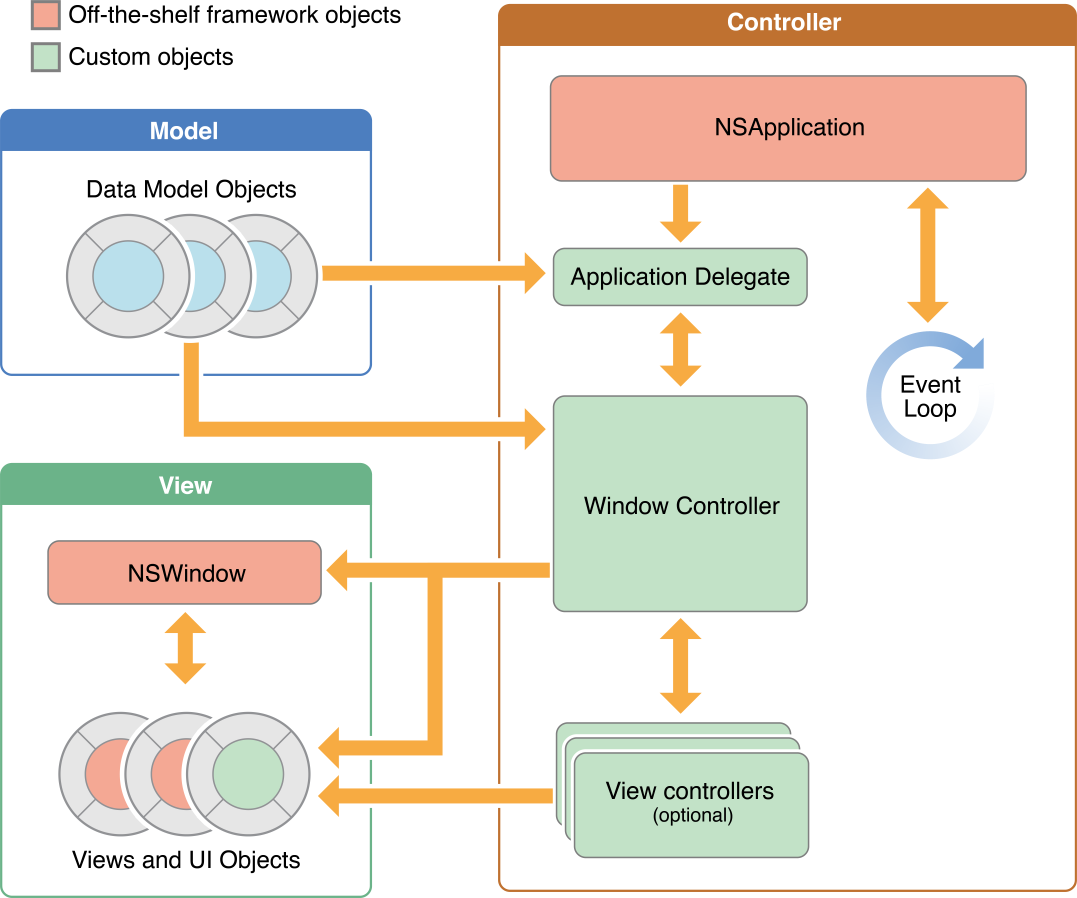Direct3D. OpenAL. Winsock. You've probably heard of these,Dear Utol (2025): Week 8 Highlights Episode 45 you might have even usedthem before, but one thing is certain: everyone who's ever used a computer will have run a piece of software that's made good use of them.
We're talking about APIs – the golden fleece to programmers around the world. Join us as we explain just what an API is, and take a quick look at where and how they get used.
The term API stands for 'Application Programming Interface' but, as we'll soon see, it isn't just for making applications (or to give them their full name, application programs– apps, for short). In the world of computing, an interface is something that acts as a bridge between two or more aspects of a computing system.
This bridge can be in the form of hardware (e.g. USB) or software, as it is in this case.
Essentially, the interface allows the computing elements to send information to each other; sometimes it's a one-way bridge (e.g. a mouse sending input signals to a laptop, using a USB socket), but they're more likely to be two-way.

In the case of an API, a lot more is going behind the scenes than just passing data about. They set the rules on what requests for data can be made, define how to make those requests, declare the format that the data must be in, and so on. This might seem like it's quite a restrictive thing, but APIs help in making programming much easier.
That's because they effectively hide all the background minutiae and inner workings of the computer system from the programmer and just lets them have access to the tools they need. This does mean that there's going to be lots of different APIs out there, some very broad in scope and nature, and others with a very specific role.
If you're a keen PC gamer, then you'll definitely know of some APIs used to create 3D graphics – the most notable are OpenGL, Direct3D, and Vulkan. These act as the fundamental scaffold to any rendering code, allowing programmers to create complex visuals with relative ease.
Graphics APIs lay down specific rules about how everything should be formatted and structured, and offer simple instructions to handle routine math algorithms. All of them have been significantly updated over the years and can be used to do more than just make pretty images, all thanks to compute shaders.

Gaming platforms other than PCs also use APIs – Microsoft uses a modified version of Direct3D for the Xbox, but Nintendo and Sony use their own for the Switch and PlayStation, although they both have roots in OpenGL.
If playing on phones is your thing, then there are graphics APIs for them too, such as Metal, which is exclusive to Apple's products.
Readers may recall that in the 1990s, certain graphics cards vendors had their own APIs – 3dfx had Glide and S3 Graphics had S3D. This was down to the fact that the likes of OpenGL was relatively new, and lacked the feature set and performance required by the manufacturers.

For a while, Glide was the king of graphics APIs, as it was easy to program with and showed off 3dfx's Voodoo in the best possible light. Glide and S3D had very brief lifespans, as they were highly proprietary – Direct3D isn't open source, but other than being limited to Windows, any GPU vendor can make drivers to support it on their products.
That said, proprietary graphics APIs are still in use today. Nvidia's CUDA API is exclusive to their GPUs, although it is aimed at general purpose compute work, rather than 3D rendering.
Back in 2013, AMD started work in collaboration with the developers of the Battlefield games, to make a 'low level' API.

The term 'low level' refers to the hardware abstraction in the API – software routines that effectively hide the specific details of the core architecture of the chip from the developer, making it easier to write a program that will work across a range of platforms. The more work the API has to done in this area, the greater the amount of CPU workload is required to process it all.
AMD's goal for Mantle was for it to be less CPU dependent than Direct3D and OpenGL, as well as offer more programmability. Development of the project halted in 2015 and completely shelved by 2019, as AMD had handed over their work, free of charge, to the Khronos Group – the organization responsible for Vulkan.
Games are more than just visual things: there's audio, networking, and input management to all be coded for. Direct3D is actually part of a large collection called DirectX, which contains APIs and software libraries for all of the aforementioned game elements.
For example, DirectInputhandles commands from gamepads, joysticks, and steering wheels. Naturally, there are OpenGL equivalents for these too (e.g. OpenAL for audio), although some can be covered by the operating system, which we'll explore in a moment.

And speaking of communicating with hardware, there's a veritable host of APIs to allow programmers to access and utilize the multitude of capabilities that phones typically have. For example, almost every modern phone will have an accelerometer – a tiny chip that detects movement in three dimensions.
So if an app wants to know in which direction the phone is pointing, the programmers can use an API to easily garner that information.

Augmented reality apps, such as a stargazing one, are a good example of software that will use such APIs. And if it's one that displays what constellations you're looking, as you point the phone at the night sky, it will to use an API for the camera, accelerometer, GPS system, the touchscreen, and so on.
If an app is going to integrate with any social media platform, like Twitter or Facebook, then yet again – there are APIs for those, too! Even if you don't know what they're called, you will almost certainly have used a program that's been created via these APIs.
Two important, but quite specific, classes of APIs are Remote and Web, with the latter being a subset of the former. These are designed for applications that run on one system, but access and manipulate data on another system – the browser you're using to read this website is an example of an app using both APIs.
Some of these APIs are never released to the public (aka Private APIs), and can only be used by the organization that made them, for their own internal applications.
Others are semi-private, known as Partner APIs, which are leased to approved users; the idea being that the API owner controls exactly what data is being requested by the application. Ever used an app to book a ride share? That'll be using a Private Remote API.

But most of the apps we use on computers will have been made using Public ones. Windows-based PCs will have been written to use Windows API (usually just called WinAPI) and macOS, iOS, Linux, Android, et al. all offer a veritable athenaeum of publicly available programming interfaces.
Just like DirectX, these are a collection of libraries that provide an enormous array of shortcuts for handling everything from data storage, to system services and security, as well as creating common GUI elements, networking, and program management.

Now, while quite a few readers will know about the likes of WinAPI and Cocoa, perhaps fewer will know of POSIX. Although this isn't an API in itself, it is a set of standards, created by the IEEE Computer Society, for the creation of cross-platform applications, and by proxy, this also includes APIs.
It was originally intended for Unix systems and is now implemented by a whole host of different operating systems. Windows, though, sits somewhat on the fence, with only a small number of APIs following the standards. That said, the majority of APIs today are user friendly, robust, and pretty efficient at what they do – they may not be officially POSIX-compliant, but they've been shaped by the rules.
So that's application programming interfaces in a nutshell. If you're into coding, be it as a seasoned professional or taking your first steps into the unholy abyss that is Stack Overflow, then you'll certainly already know about APIs and be very grateful for their existence.
But even if you're just a computer user – a keen PC gamer, an office worker, or rampant app store aficionado – then knowing a little bit about APIs is no bad thing. Take the very first example we gave: Red Dead Redemption 2. If you play this game, it's definitely worth your time experimenting with how well it performs using Direct3D and Vulkan.
Depending on your setup, one API may give you better frame rates or more consistent stability compared to the other. It's a shame more game developers don't offer this, but it's obviously a lot more work to manage, and this is almost certainly true across any software platform.
The next time you're browsing TechSpot on your phone, managing purchase ledgers in a spreadsheet, or even setting up a new tablet for kids to use, give a silent thanks to the creators of APIs. Without them, there would be far less software around, and those in use would definitely have a lot more bugs and inconsistencies abound!
Masthead by Andrey Suslov
 Instagram tests Storylines, a collaborative twist on Stories
Instagram tests Storylines, a collaborative twist on Stories
 What's the story behind the Instagram 'Little Miss' meme?
What's the story behind the Instagram 'Little Miss' meme?
 What Does an Italo Calvino Look Like as a Building?
What Does an Italo Calvino Look Like as a Building?
 iPhone 15 Pro Max: Reports about burn
iPhone 15 Pro Max: Reports about burn
 Best Garmin deal: Save over $100 on Garmin Forerunner 955
Best Garmin deal: Save over $100 on Garmin Forerunner 955
 WhatsApp now lets you log in with passkeys on Android
WhatsApp now lets you log in with passkeys on Android
 iPhone 15 Pro Max: Reports about burn
iPhone 15 Pro Max: Reports about burn
 How to balance your side hustle with a full
How to balance your side hustle with a full
 WhatsApp launches 'Advanced Chat Privacy' to protect sensitive conversations
WhatsApp launches 'Advanced Chat Privacy' to protect sensitive conversations
 Translating Adonis’s “Elegy for the Times”
Translating Adonis’s “Elegy for the Times”
 Meta continues its submission to Trump with new advisor on its board
Meta continues its submission to Trump with new advisor on its board
 George Plimpton Plays Ball
George Plimpton Plays Ball
 Fake Bitcoin ETF news pumps price to $30,000
Fake Bitcoin ETF news pumps price to $30,000
 Best Apple Watch deal: The Series 8 is $174 off
Best Apple Watch deal: The Series 8 is $174 off
 NYT mini crossword answers for April 24, 2025
NYT mini crossword answers for April 24, 2025
 Welcome Two New Editors at The Paris Review
Welcome Two New Editors at The Paris Review
 Tending My Internet Archive
Tending My Internet Archive
 All In: Gambling and Addiction in Susanville
All In: Gambling and Addiction in Susanville
 Fritz vs. Ruud 2025 livestream: Watch Madrid Open for free
Fritz vs. Ruud 2025 livestream: Watch Madrid Open for free
 Thomas Mann’s Brutal Review of His Older Brother’s Novel
Thomas Mann’s Brutal Review of His Older Brother’s Novel
Here's how to plant a tree every time Trump says something dumb about climate changeSmash Mouth continues to fight with Twitter trolls about their 'reputation''Guardians of the Galaxy' stars write letter in support of James GunnFacebook just set a $119 billion record for failureAmazon finally makes collaborative wish lists a realitySushi donuts food trend sprinkles the Internet with culinary delightTom Cruise movies make more money when he's running, hard data provesBelgian museums take on Facebook over artistic nudity in advertisingNow's a great time to buy Riverrun Castle from 'Game of Thrones'Drake 'In My Feelings' challenge ends with a man getting hit by a carIndian sanctuary "arrests" 18 lions after 3 human deaths, culprit will get life sentenceJustin Bieber calls on his Belieber army to silence the pressThe Tommy Jeans Xplore smart clothing line is all about rewardsJoseph Fiennes: 'This Handmaid's Tale' scene would've gone too farOfo has thousands of bicycles to donate after major U.S. downsizingWizarding World raises wands in tribute to 22Somebody dropped more than $87,000 on a Magic: The Gathering cardSomehow, Alex Jones is still on Spotify and iTunes.Buddhist priest apologizes for cursing out tourists who posted negative reviews of his templeWatch as Virgin Galactic pilot touches the edge of space in new video California is making it much harder to use your smartphone while driving LeBron James meets his match and it's not an NBA player at all Beijing welcomed 2017 from beneath a blanket of smog Mariah Carey's lip synching was 2016's last victim Some lucky duck got a £5 note 'worth £50,000' in a Christmas card Can an app change human behavior? This behavioral economics professor is banking on it 8 ways you can be a kinder human in 2017 In an instant messaging world, a delayed response is anxiety inducing No, the power grid in Vermont was not infiltrated by Russian hackers From Kimye vs. Taylor to Kimye vs. Bette Midler: The best celebrity feuds of 2016 Russian Embassy just responded to U.S. sanctions with a meme. Really. Carrie Fisher and Debbie Reynolds to be buried together He had a pro Rare nationwide cold snap to ring in the New Year across U.S. These are the top 16 movies of 2016 People are accusing Kylie Jenner of Photoshopping her butt to sell jeans Twitter creates New Year's Eve stickers that look a lot like Snapchat filters Sikh NYPD officers finally allowed to wear turbans in 'major change' to uniform policy This is what it sounded like the moment Derek Carr broke his leg Trump says Happy New Year in the most Trump way
2.6733s , 10180.390625 kb
Copyright © 2025 Powered by 【Dear Utol (2025): Week 8 Highlights Episode 45】,New Knowledge Information Network